- myFICO® Forums
- FICO Scoring and Other Credit Topics
- Understanding FICO® Scoring
- Re: Individual utilization datapoint, 90.16% to $0...
- Subscribe to RSS Feed
- Mark Topic as New
- Mark Topic as Read
- Float this Topic for Current User
- Bookmark
- Subscribe
- Mute
- Printer Friendly Page
Individual utilization datapoint, 90.16% to $0 FICO 8
Is your credit card giving you the perks you want?
Browse credit cards from a variety of issuers to see if there's a better card for you.
- Mark as New
- Bookmark
- Subscribe
- Mute
- Subscribe to RSS Feed
- Permalink
- Report Inappropriate Content
Individual utilization datapoint, 90.16% to $0 FICO 8
Concrete loss and gain of points (same identically as downward) with the reporting of the BOFA account which isolates this pretty well.
Substantially higher than when I tried this on my old dirty file and gained +7 points for similar revolving utilization pay off from 90+%.
$2254 / $2500, 90.16% -> $0
EQ FICO 8: +16
TU FICO 8: +18
EX FICO 8: +21





















- Mark as New
- Bookmark
- Subscribe
- Mute
- Subscribe to RSS Feed
- Permalink
- Report Inappropriate Content
Re: Individual utilization datapoint, 90.16% to $0 FICO 8
Well cr*p. This doesn't match my calculations at all.
Can you provide some more data points? How many open credit cards do you have total (#), any other cards with balances, etc?
That > 90% individual utilization is baffling to me because it seems disparate from any thresholds below it.
- Mark as New
- Bookmark
- Subscribe
- Mute
- Subscribe to RSS Feed
- Permalink
- Report Inappropriate Content
Re: Individual utilization datapoint, 90.16% to $0 FICO 8
@Revelate wrote:Concrete loss and gain of points (same identically as downward) with the reporting of the BOFA account which isolates this pretty well.
Substantially higher than when I tried this on my old dirty file and gained +7 points for similar revolving utilization pay off from 90+%.
$2254 / $2500, 90.16% -> $0
EQ FICO 8: +16
TU FICO 8: +18
EX FICO 8: +21
Very small world. I'm actually going to have an almost identical change in a $2500 account in a few weeks, going from $2254 (90.16%) to zero, in 2 of my bureaus (1 of them isn't reporting the $2254 balance).
Unfortunately, with my busy profile, it's going to be a challenge to "isolate" the impact of this change from that of other things going on at the time.

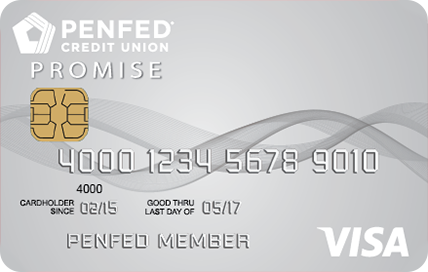

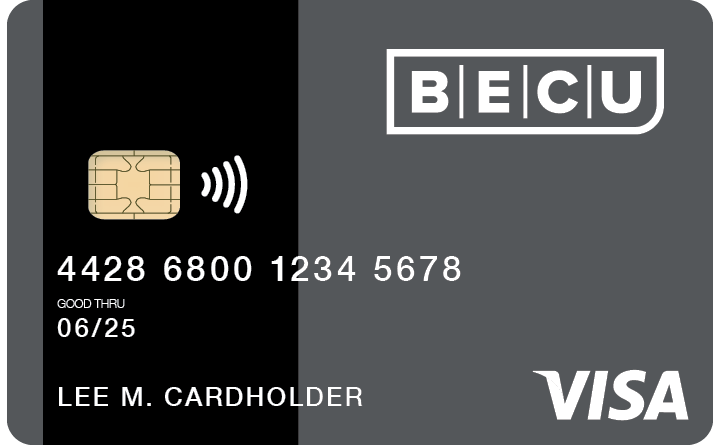










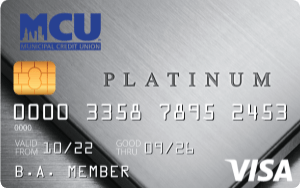
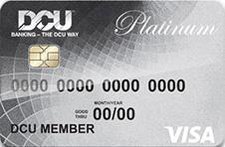
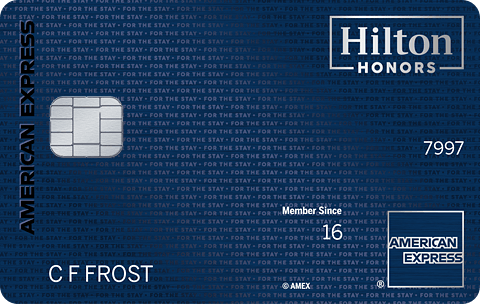



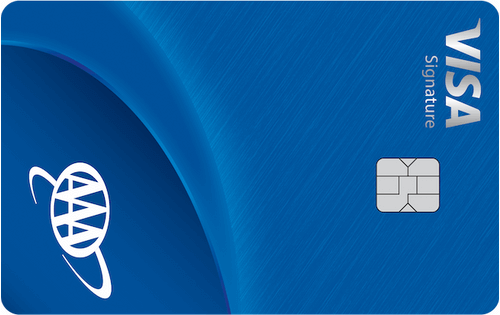

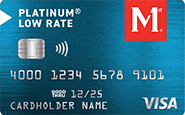



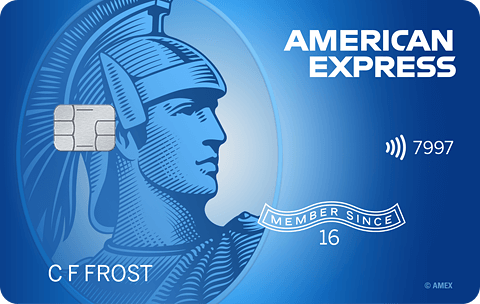




Total revolving limits 568220 (504020 reporting) FICO 8: EQ 689 TU 691 EX 682
- Mark as New
- Bookmark
- Subscribe
- Mute
- Subscribe to RSS Feed
- Permalink
- Report Inappropriate Content
Re: Individual utilization datapoint, 90.16% to $0 FICO 8
@Anonymous wrote:Well cr*p. This doesn't match my calculations at all.
Can you provide some more data points? How many open credit cards do you have total (#), any other cards with balances, etc?
That > 90% individual utilization is baffling to me because it seems disparate from any thresholds below it.
3 other bankcard revolvers had minimal utilization on them.
16 total bankcard revolvers; an Amex with $10 on it PLOC and HELOC both at zero, Amex and HELOC don't count, PLOC does.
http://ficoforums.myfico.com/t5/Understanding-FICO-Scoring/All-revolvers-zero-testing-HELOC-Amex-charge-PLOC/m-p/4913590#M122343 for reference on that analysis.
1/2 revolvers has always been the line for me on TU FICO 8 though I haven't concretely tested that since the tax lien was removed, but I haven't seen anything with just letting balances randomly report over time suggesting this has changed for me.





















- Mark as New
- Bookmark
- Subscribe
- Mute
- Subscribe to RSS Feed
- Permalink
- Report Inappropriate Content
Re: Individual utilization datapoint, 90.16% to $0 FICO 8
Hmm, so interesting. My very limited analysis on the >88.9% individual is so thin that there's almost no data. Glad I have my own clean file now on EX/EQ to test more.
I was originally assuming the ding on ONE individual (assuming aggregate < 8.9% of course) was -35 points x (number of revolver accounts over 88.9%)/(total number of revolvers) but that doesn't pass muster here. You're at 1/16 or 6% of accounts maxed out so -35 *.06 = 2.1 FICO points, lol. Doesn't work. I had an eipiphany recently that there may actually be 50 points including buffer for individual, though, but even 50 * .06 = 3 points nowhere close to 16!
The other thought I had was I wonder if one of the FICO equations is DING = (worst individual utilization penalty) * (number of revolver accounts at highest penalty stage) / (total number of revolvers) but haven't tested that much, just a curious idea I had. In your case, DING = (-35) * 4/16 = -8.75 or assuming buffer (-50) * 4 / 16 = -12.5. Still not close. I had this idea though because I wondered if a person had one maxed out card if FICO may determine they're likely to max out any card with a balance and score them based on that risk expectation (which is probably common in real credit card usage for non-FICO gaming folks).
Will need to ponder this more for sure. I need like 5 Chase cards in my wallet to do it more accurately so I can do a bunch of PIFs->re-report in one cycle.
Also, this old article (pre-FICO 8 I believe): http://ficoforums.myfico.com/t5/Understanding-FICO-Scoring/Liz-Pulliam-Weston-5-ways-to-kill-your-cr...
- Mark as New
- Bookmark
- Subscribe
- Mute
- Subscribe to RSS Feed
- Permalink
- Report Inappropriate Content
Re: Individual utilization datapoint, 90.16% to $0 FICO 8
@Revelate wrote:Concrete loss and gain of points (same identically as downward) with the reporting of the BOFA account which isolates this pretty well.
Substantially higher than when I tried this on my old dirty file and gained +7 points for similar revolving utilization pay off from 90+%.
$2254 / $2500, 90.16% -> $0
EQ FICO 8: +16
TU FICO 8: +18
EX FICO 8: +21
Thanks for the data point. It's inline with what I would expect for a well seasoned file. I assume the card reporting is seasoned as well. Recently added cards with a high UT% may have a higher weighting or "signal strength" for this factor than an aged account - but that's speculation on my part.
In any events, my belief is Fico's algorithm primarily looks at the card with the highest UT% as opposed to how many cards in each of the UT% threshold bins. The QTY factor comes into play for "too many cards reporting balances" as a count or % regardless of utilization. The impact of a card UT on score is point in time event based specific to that card. Therefore, the QTY of other cards should not play a role in how utilization for that card is scored - but age of the account might.
What is the account's age?
Fico 8: .......EQ 850 TU 850 EX 850
Fico 4 .....:. EQ 809 TU 823 EX 830 EX Fico 98: 842
Fico 8 BC:. EQ 892 TU 900 EX 900
Fico 8 AU:. EQ 887 TU 897 EX 899
Fico 4 BC:. EQ 826 TU 858, EX Fico 98 BC: 870
Fico 4 AU:. EQ 831 TU 872, EX Fico 98 AU: 861
VS 3.0:...... EQ 835 TU 835 EX 835
CBIS: ........EQ LN Auto 940 EQ LN Home 870 TU Auto 902 TU Home 950
- Mark as New
- Bookmark
- Subscribe
- Mute
- Subscribe to RSS Feed
- Permalink
- Report Inappropriate Content
Re: Individual utilization datapoint, 90.16% to $0 FICO 8
@Thomas_Thumb wrote:
@Revelate wrote:Concrete loss and gain of points (same identically as downward) with the reporting of the BOFA account which isolates this pretty well.
Substantially higher than when I tried this on my old dirty file and gained +7 points for similar revolving utilization pay off from 90+%.
$2254 / $2500, 90.16% -> $0
EQ FICO 8: +16
TU FICO 8: +18
EX FICO 8: +21
Thanks for the data point. It's inline with what I would expect for a well seasoned file. I assume the card reporting is seasoned as well. Recently added cards with a high UT% may have a higher weighting or "signal strength" for this factor than an aged account - but that's speculation on my part.
In any events, my belief is Fico's algorithm primarily looks at the card with the highest UT% as opposed to how many cards in each of the UT% threshold bins. The QTY factor comes into play for "too many cards reporting balances" as a count or % regardless of utilization. The impact of a card UT on score is point in time event based specific to that card. Therefore, the QTY of other cards should not play a role in how utilization for that card is scored - but age of the account might.
What is the account's age?
That's an interesting thought: I'm fairly confident with my old testing that seasoning doesn't play a role when it comes to revolving utilization dings. Not 100% convinced though as no matter what card I tried back then it was the same score drop but I test better now than I did back then too (this was early early in my credit journey 2012-2013).
For reference this account is my oldest open revolver, opened 74 months ago which presumably is well above any seasoning boundary if such things exist.
I think you're quite likely right: highest utilization individual, then aggregate utilization, and also number of revolvers with balances; given that we know those are 3 separate portions of the revolving utilization rubric, it would make sense not to have double-jeopardy.





















- Mark as New
- Bookmark
- Subscribe
- Mute
- Subscribe to RSS Feed
- Permalink
- Report Inappropriate Content
Re: Individual utilization datapoint, 90.16% to $0 FICO 8
@Revelate wrote:
I think you're quite likely right: highest utilization individual, then aggregate utilization, and also number of revolvers with balances; given that we know those are 3 separate portions of the revolving utilization rubric, it would make sense not to have double-jeopardy.
Plus scorecard multiplier/range on each of those penalties!
Obviously someone with an 850 score is going to get dinged more for using 90% on a credit card than someone with 2 derogatories capped out at a 650 score or whatever. I assume.
- Mark as New
- Bookmark
- Subscribe
- Mute
- Subscribe to RSS Feed
- Permalink
- Report Inappropriate Content
Re: Individual utilization datapoint, 90.16% to $0 FICO 8
Dirty scorecards weigh factors quite differently than clean scorecards (less emphasis - signal strength on utilization for dirty scorecards. I don't think that a seasoned profile will get dinged more heavily than a young/thin, C8 scorecard for high card utilization. In fact, the reverse is likely true - IMO.
Here is a signal strength illustration from Fico. It is highly misleading but, is enlightening in general terms. Obviously a dirty file looks at lates and severity of delinquencies which do not pertain to clean files. Thus, the higher signal strength available to allocate to other factors such as utilization on clean scorecards.
Fico 8: .......EQ 850 TU 850 EX 850
Fico 4 .....:. EQ 809 TU 823 EX 830 EX Fico 98: 842
Fico 8 BC:. EQ 892 TU 900 EX 900
Fico 8 AU:. EQ 887 TU 897 EX 899
Fico 4 BC:. EQ 826 TU 858, EX Fico 98 BC: 870
Fico 4 AU:. EQ 831 TU 872, EX Fico 98 AU: 861
VS 3.0:...... EQ 835 TU 835 EX 835
CBIS: ........EQ LN Auto 940 EQ LN Home 870 TU Auto 902 TU Home 950
- Mark as New
- Bookmark
- Subscribe
- Mute
- Subscribe to RSS Feed
- Permalink
- Report Inappropriate Content
Re: Individual utilization datapoint, 90.16% to $0 FICO 8
Supporting T_T's thesis about individual utilization of highest utilized card...
I have $2500 PLOC... the smallest revolver in my profile.
It reported at $2254 (90.16%) [coincidentally same exact numbers as Revelate's data] at TU & EQ, but reported at zero with EX.
When EX caught up to the other two bureaus, and reported it, the EX FICO 8 dropped a resounding 26 points.
The reported balance was negligible in terms of (a) aggregate revolving utilization and (b) number of accounts reporting a balance.































Total revolving limits 568220 (504020 reporting) FICO 8: EQ 689 TU 691 EX 682
